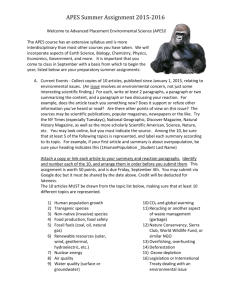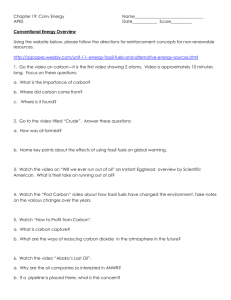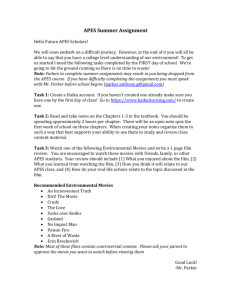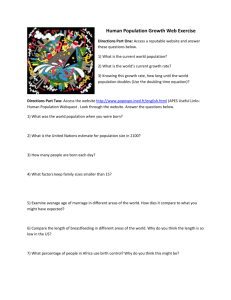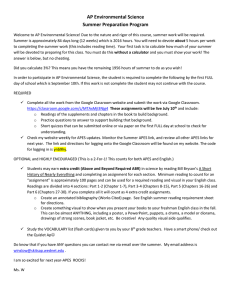If it is a multiple choice question, what do you need to
advertisement
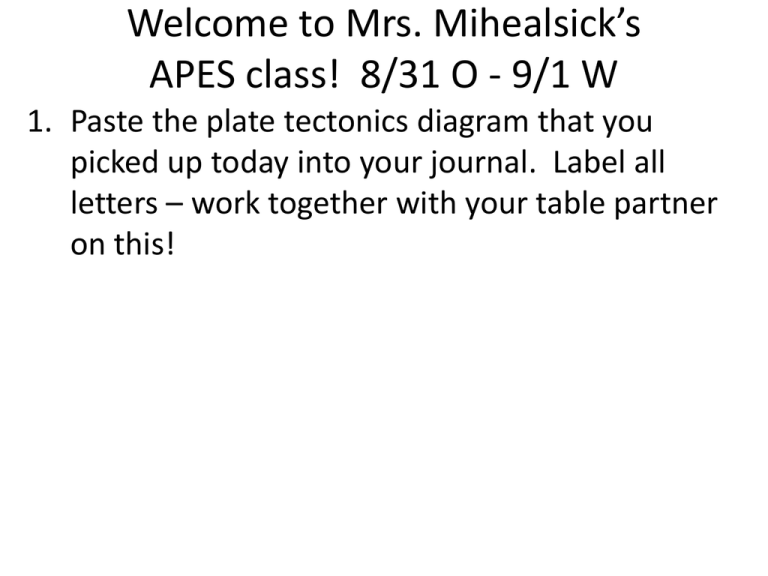
Welcome to Mrs. Mihealsick’s APES class! 8/31 O - 9/1 W 1. Paste the plate tectonics diagram that you picked up today into your journal. Label all letters – work together with your table partner on this! Welcome to Mrs. Mihealsick’s APES class! 9/2 O - 9/3 W 1. Complete the Climatograph pair activity on your desk (in the Ziplock) with your table partner. Make sure to answer the yellow questions in your journal. HINT: The solid line is precipitation, the dashed line is temperature!! Please turn in your climatograph homework to the box, with the correct heading! Welcome to Mrs. Mihealsick’s APES class! 9/4 O - 9/8 W 1. What two things need to be in a APES formal lab hypothesis (see the lab handout)? 2. What items must be done before lab, as the formal pre-lab assignments? Welcome to Mrs. Mihealsick’s APES class! 9/9 O - 9/10 W Look at the green sheet of student generated answers on your desk to answer 1 and 2: 1. What do you think are two of the most important student responsibilities in maintaining our SCI for next block’s test? 2. What do you think are two of the most important teacher responsibilities in maintaining our SCI for next block’s test? 3. What will the procedures and format of Monday’s test look like? Welcome to Mrs. Mihealsick’s APES class! 9/11 O - 9/16 W **Use the purple sheet on your desk to answer the questions below**** 1. When doing test corrections, what must you write for every question? 2. If it is a multiple choice question, what do you need to do? 3. If it is a matching or math question, what do you need to do? 4. When can you come in and do test corrections? Welcome to Mrs. Mihealsick’s APES class! 9/17 O – 9/18 W 1. Draw a diagram on your desk with chalk of what the normal Pacific basin looks like, including wind direction and water temp. 2. Draw a diagram on your desk with chalk of what happens during El Nino in the Pacific basin, including water temp. Welcome to APES! 9/21 - 9/22 1. Graph 1: Which season has lower atmospheric CO2 – summer or winter? Why? 2. Graph 2: Historically what was the highest CO2 concentration? Is the range of values in graph 1 within normal historic fluctuations? 3. Graph 3: Why is the average CO2 concentration higher for CA than AK? CARBON CYCLE DIAGRAM 1. Four major reservoirs or “sinks” for carbon (highlight and color code these in red on your carbon cycle diagram.) 2. Three natural processes that return carbon to the atmosphere – (blue on diagram) 3. Two major natural processes that take carbon out of the atmosphere - (green) 4. Two major man-made processes that return carbon to the atmosphere – (orange) Welcome to APES! 9/23 O - 9/24 W 1. Please copy down the blue chart from the Ziplock into your journal, and do the card sort to fill in the blanks. Once your table has done the card-sort, grab an orange key from the aquatic biomes counter to check your work. Welcome to APES 9/25 O, 9/28 W 1. How is ozone formed in the stratosphere? 2. How is ozone broken down in the stratosphere (3 steps)? 3. How does the ozone concentration in the stratosphere impact UVC, UVB, and UVA light? 9/25 – 9/28 Ocean Acidification Questions: 1. How much has ocean acidity increased since the industrial revolution? 2. What will happen to ocean acidity if we continue to release carbon dioxide at the current rate? 3. What is going on with the great barrier reef? 4. What is causing ocean acidification? 5. What organisms are affected? 6. What is osteoporosis of the ocean? Welcome to APES! 9/26 - 9/27 Daily objective: Ecology! 1. What is the window for test corrections? 2. What needs to be on each correction to get the points? 3. How are multiple choice and matching different in terms of test corrections? Please pick up both test stuff and graphic organizer from each counter. http://science.discovery.com/videos/brinkinterviews-pollution-destroys-ocean.html

